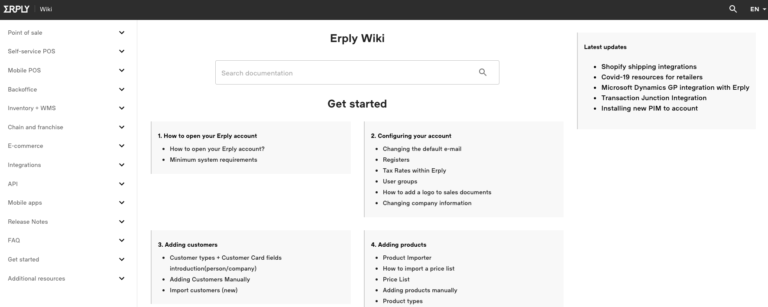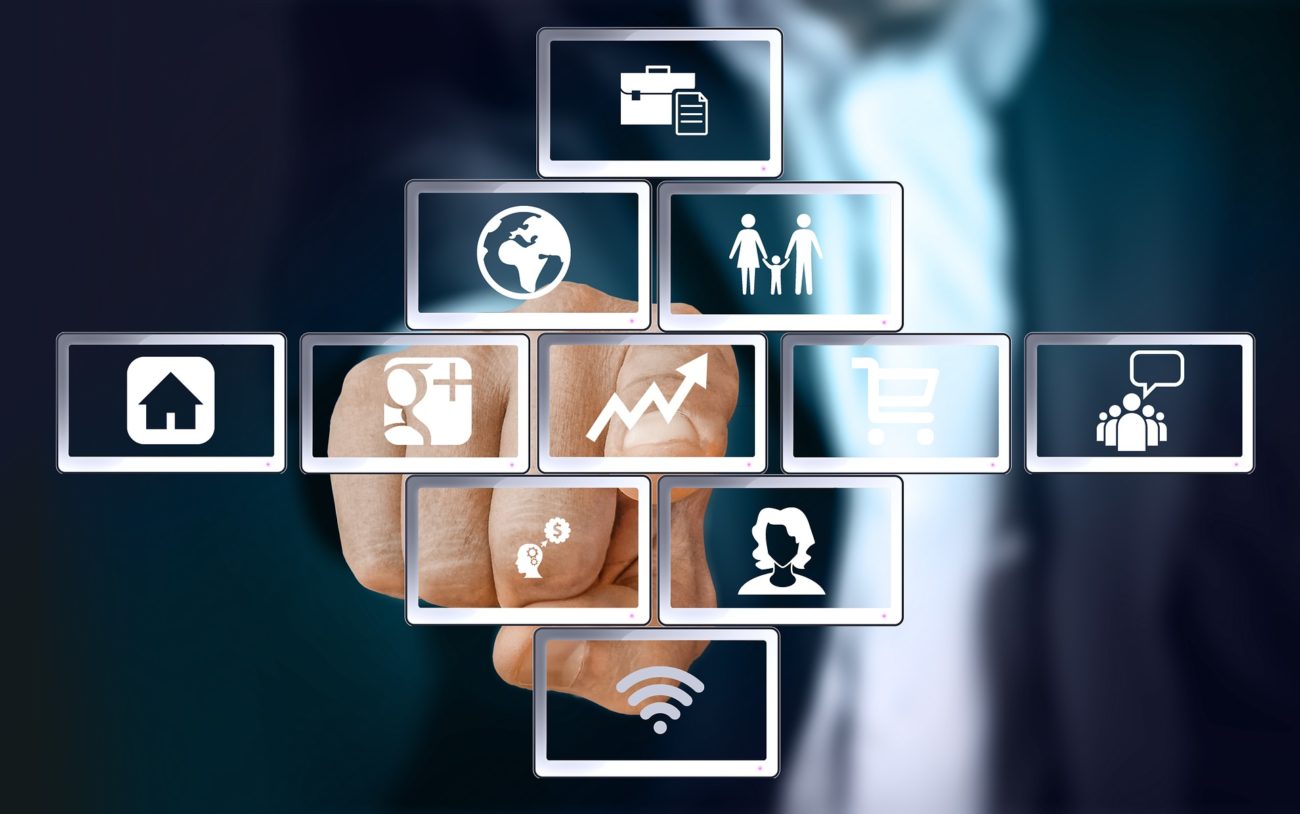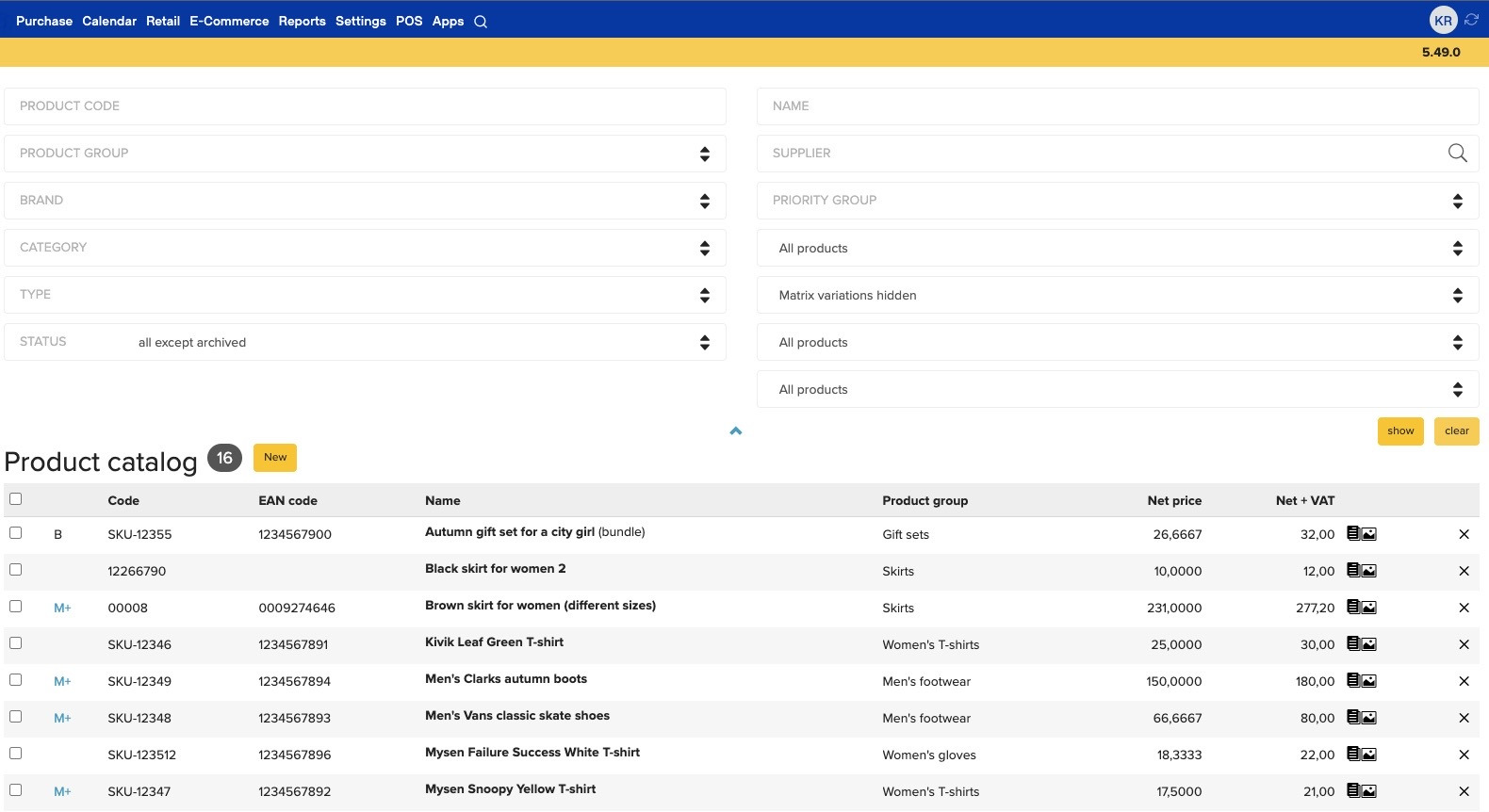The newest way to utilize the Internet for businesses, omnichannel retailing is an idea that’s spreading like wildfire in the eCommerce world. While some believe that omnichannel is really no more or less than an evolved version of cross-channel retailing – such as having a responsive mobile store that reflects the theme and design of the main web store – there is definitely a difference between the two. It may seem subtle, but the way that omnichannel retailing works can be revolutionary for businesses, especially small and medium businesses who have struggled to compete with big name brands online. Here’s what you need to know to turn this new retailing tool into a win for your brand.
What is Omnichannel Retail?
At the very basic level, omnichannel retail is exactly what it sounds like: streamlining all the channels, or ways, that your customers have to get to your product. That means that your mobile site, your main website, your social media profiles, your brick, and mortar store, your print advertising, your email campaigns, and any other method that you use to connect with customers, are all streamlined.
The most important part of omnichannel is to begin to think of your many channels as a single ecosystem for your brand. Once you can begin to see all these channels as part of the ecosystem that the customer moves around in, you can see how important it is that they all work seamlessly together. The whole point is to encourage your customers to move between all the areas of the ecosystem in a way that best suits their shopping habits.
Why Omnichannel Retail is a Smart Strategy for Small and Medium Businesses
The statistics show that more than half of all Americans prefer to shop online, which is something that many small and medium businesses have taken advantage of in the past decade. Many, if not most, startups these days do not have a physical storefront to start with, choosing instead to focus on the majority’s preference. However, there is still a large portion of shoppers that prefer to spend in stores, and studies show that even among those who shop mostly online, shoppers spend more money in stores than through digital channels.
Additionally, a study by HBR showed that customers who shop with one brand through multiple channels – spend an average of 4% more at every transaction in a store, and 10% more at every online transaction, than single-channel shoppers. And the study further showed that the more channels a customer uses, the more likely they are to spend even more. Finally, the study showed that omnichannel shoppers log almost 23% more return trips to the brand’s channels in a six-month period than single-channel shoppers.
As you can see, omnichannel shopping does a few things. First, it allows brands to cater to all shoppers, not just the slim majority. Second, it boosts customer loyalty and leads to larger transactions. For small and medium businesses, building brand loyalty and gaining repeat customers is one of the most important first steps in scaling a business, and omnichannel retailing can help make that happen.
How to Make Omnichannel Retail Happen
Learning what omnichannel retailing is, and how it can help your small or medium business grow, is one thing. But putting it into action is another. Here are a few real-life examples of how it’s being introduced to customers by big names already:
- Customers who sign in to an account with Crate & Barrel’s online store will have their browsing history and cart history saved so that they can move seamlessly to a mobile device without having to start their search all over.
- Starbucks customers who use the rewards program can monitor or reload their card balance across all platforms. The balance is updated and synced in real-time, so any device will always show the proper amount, and the mobile app also allows customers to pay when in the store without needing their rewards card on hand.
- Chipotle allows customers to not only order from a mobile device for pick up but also lets users with an account save their ordering history so that they can easily re-order their favorites. All of these features can be accessed on the desktop site as well.
These examples show just one narrow part of each of these brands’ omnichannel strategy.
These are the main elements to consider when getting started with your own:
- Can you sell on more channels? For example, if you are already selling on a website, in a brick and mortar store, and through a mobile app, how else can you reach customers?
- Next, it’s time to get your channels working together as a single ecosystem. All of your inventory needs to be well-managed so that your channels are in sync with availability, for example. Be sure that your retail software is equipped for handling multiple channels.
Erply makes it easier for retail businesses to track inventory and sales across multiple locations, including your online store.
- Use each sales channel the way it works best for customers. This is a big one. If you use Instagram as a sales funnel, that means you’ll need killer photos that showcase your products being used in fun and unique ways. If you use Twitter as a sales funnel, you’ll need to develop an identifiable brand voice that can be communicated in short, snappy messages. Mobile apps need to be clean and easy to navigate, while your brick and mortar store needs to be designed for the customer experience you want to create.
With these three steps, you can implement an omnichannel retail strategy that boosts your sales and your customer loyalty statistics. By thinking of all of your sales channels as a single system working together, and encouraging your customers to move among all those channels at will, you can grow your small or medium business far beyond what has been possible previously. Move beyond multi-channel marketing and introduce customers to the most connected experience possible to wow your audience.
Sign Up











